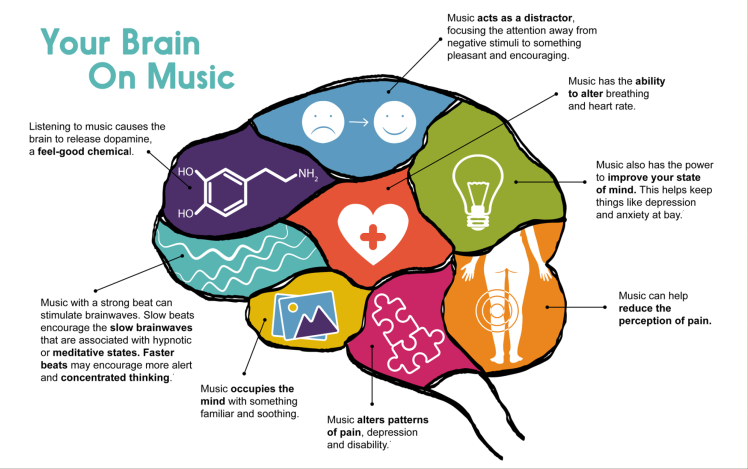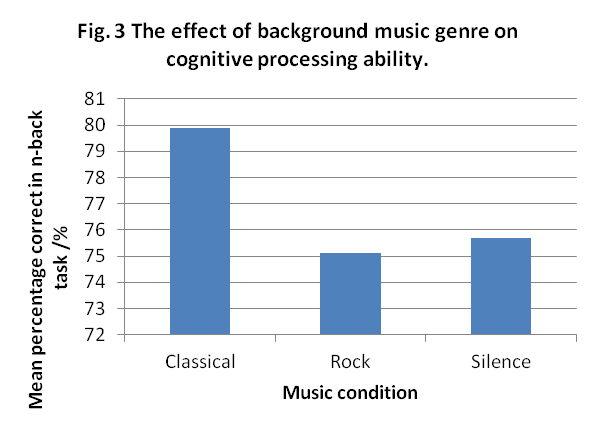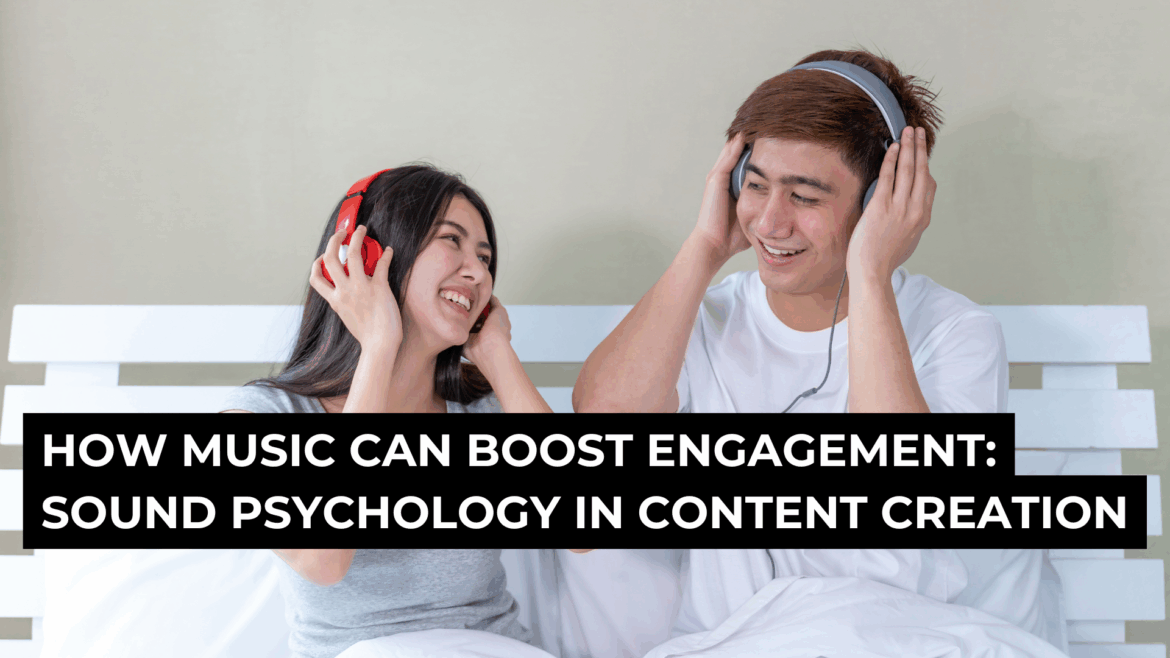Music can significantly impact engagement, particularly in advertising, by creating emotional connections with audiences and enhancing brand recall. A Kantar research found that brands effectively using sonic branding (including music, sound effects, and voiceovers) can boost brand awareness by up to 76% and increase advertising strength by 138%. This demonstrates how music isn’t just a part of a brand’s identity but strengthens it by creating a memorable audio experience that resonates with consumers.
Additionally, emotional engagement through music and sound leads to higher levels of consumer retention. Brands like Barilla have successfully used branded playlists on platforms like Spotify to create dynamic energy and further enrich their brand’s identity. They set up playlists that last exactly the cooking time of their famous pasta. Ok, it’s not custom music. But by aligning the emotional tone of their music with the brand’s products and values, they help audiences form deeper connections, significantly boosting engagement.
Today, we’ll show you why content creators should carefully consider the music they use, not just as a background element but as a strategic tool to enhance emotional connection and long-term audience loyalty. We’ll briefly explore the psychological principles behind music and how content creators can use it strategically to boost engagement.

The Psychological Impact of Music on Emotions and Behavior
Music can evoke powerful emotions in listeners, with its structural elements like tempo, key, and rhythm contributing to emotional experiences. A research led by the American Psychological Association shows that fast tempos and major keys often create feelings of happiness, while slow tempos and minor keys elicit sadness.
People also connect to music through personal memories, recalling past emotional experiences. Familiarity with a piece intensifies the emotional response, and listeners may empathize with the performer or composer. Additionally, music often drives physical actions like dancing or movement, further heightening emotional engagement.
People also relate to music on a personal level, using it to evoke feelings from their history. When a composition is well-known, listeners’ emotional response is heightened and they can develop a sense of empathy for the composer or performer. Furthermore, music frequently inspires movement or dancing, which heightens emotional engagement.

Music also has a special power to bring back memories. Melodies and songs can aid in our memory of important details or occasions. Numerous brain areas, including those in charge of memory and emotion, are activated by music. Research findings indicate that music not only helps to jog memories that already exist but also helps to create new ones. A song serves as a mental soundtrack when it is connected to a specific experience or fact. Playing this song again may bring back strong memories.
For instance, the strong link between music and memory has shown promise in the treatment of dementia. Memory loss is a classic sign of dementia that impairs a person’s capacity to remember the past or learn new information. Thankfully, music therapy has become recognized as an effective means of encouraging memory recall in these people.
We can also become more focused when we listen to music. The secret is to choose the appropriate music and use it wisely. Ambient or repeated slow-tempo instrumental music can greatly enhance focus and foster a relaxed mental state. This kind of music can even make chores more fun while reducing distractions and promoting a steady work rate.
The “Mozart Effect” is a popular term associated with the idea that listening to Mozart’s music can enhance mental performance. While the extent of this effect has been debated, certain types of music can positively influence our cognitive functions.

Enhancing Engagement Through Music: Practical Strategies
Music’s Role in Content Creation
Music plays a very important role in setting the tone and mood of your content, no matter what it is. Energetic tracks are the best for motivational or fitness videos, keeping viewers engaged and inspired. On the contrary, soft and calming music with slow tempos creates a chill atmosphere that will fit relaxation or meditation content, helping viewers unwind. For a last example, dramatic soundtracks with fluctuating dynamics can enhance emotions and immerse your audience in storytelling or cinematic content.
Music’s Role in Guiding Attention
Music and sound effects are powerful tools for guiding an audience’s attention in your videos or podcasts. By building tension or signaling key moments, you can enhance the overall experience. For instance, a crescendo can set suspense, gradually leading to your climax. Soft, quiet music can signal emotional or introspective moments, drawing the audience into deeper reflection.
Music, more particularly sound effects, also helps structure your content by marking transitions or pacing segments. You can add music to video to signal a shift in topics or sections with a quick tune, or use subtle background music to maintain the flow during extended discussions or narrative breaks.
Creating an Audio Identity
Creating a consistent “audio identity” or sound signature is essential for reinforcing brand recognition and audience engagement. A well-designed audio signature becomes instantly recognizable, associating the brand with specific emotions or experiences.
For example, McDonald’s “I’m Lovin’ It” jingle, Netflix’s “ta-dum”, or even Nokia’s default ringtone are now more than iconic. These sounds not only grab attention but also provide trust and familiarity. Content creators use a consistent intro beat to keep audiences engaged and remind them of the brand with every video. This auditory consistency strengthens the emotional bond with the audience. Whether you are a content creator, a brand, or a freelancer… You need to build a strong identity for yourself or your clients!
Audio branding can be adapted for various content formats. From podcasts to video, create a cohesive experience that remains both familiar and fresh.
Maximise Engagement : How to pick the right music for your content?
Know Your Audience
Choosing the best music for your content implies knowing your audience well. Different demographics, age groups, cultures, and personal preferences will resonate differently to various genres and tempos. For example, energetic pop might resonate with younger viewers on platforms like TikTok. A classical score would be better for a more professional audience on LinkedIn or corporate videos.
To enhance engagement, ensure the music aligns with the message or tone of your content. For more details, explore our related articles on how to choose the best music for your podcast, or for your audiobooks!
Test and Optimize
To optimize content performance, it’s essential to experiment with different tracks. A/B testing allows content creators to compare multiple tracks. You’ll see how different musical elements influence viewer retention, mood, and overall engagement.
Creating 2 versions of a same video displaying different tracks looks like a good idea. But uploading the same video might not be algorithm-friendly (plus it is time-consuming). You can try to set 2 different videos, with the same tempo and approximately the same type of content. Pay attention to use very distinct soundtracks to measure the engagement gap between the 2. Check the watch time or even the comments! Analytics tools such as YouTube or social media insights can be used to measure how different music impacts audience behavior.
Users feedbacks, whether through surveys or direct responses, can help you make future decisions.
Leverage Royalty-Free Music or Custom Music
One of the best advice we can give you is to use high-quality music. There are two primary options: royalty-free platforms and custom compositions. Royalty-free platforms (like ours on Bensound.com) offer vast libraries that can be used in various projects without copyright concerns. You can subscribe to a licensing subscription, which would grant you access to the whole library with no download limit. If you need just one track for different uses, you can still pay for 1 track only. On Bensound, we even have free tracks you can use in your projects! More generally, these platforms provide a wide range of genres and moods, making it easy for creators to find tracks.

For a more personalized touch, creators may opt for custom music. It adds a unique flavor and can serve as a distinguishing feature of their brand. Custom compositions ensure the music aligns perfectly with the content and can become part of a creator’s recognizable audio identity. The main advantage of using custom tracks is exclusivity. No other content will use the same music, making the brand or message stand out even more. But it’s also way more expensive and you’ll need more time to get the final result.
Conclusion: Make Music your Engagement Boost Tool!
Music plays a vital role in shaping the emotional tone, capturing attention, and enhancing audience engagement in content creation. As we’ve explored, music can evoke strong emotions, guide viewers’ focus, and structure the flow of videos or podcasts through well-timed transitions. By leveraging different musical elements, creators can craft a more immersive and emotionally engaging experience for their audience.
Content creators consistently have to think strategically about music choices. Begin experimenting with various tracks, and test how different music affects viewer engagement. Analyze your audience’s engagement to brighten the audio experience in your content.
Ultimately, sound is a powerful yet often overlooked tool in boosting engagement. By paying more attention to music selection, content creators can differentiate their work, strengthen brand recognition, and foster deeper emotional connections with their audience. It’s time to fully embrace the potential of sound to elevate content creation to the next level.

Comments are closed.